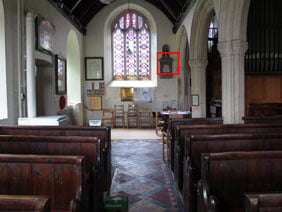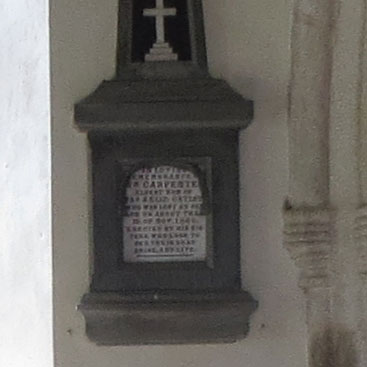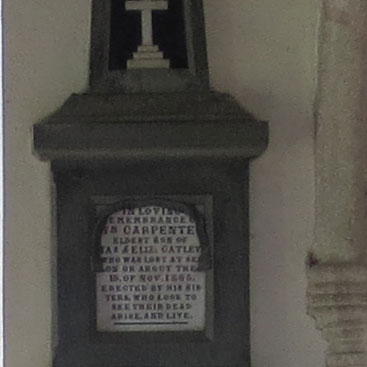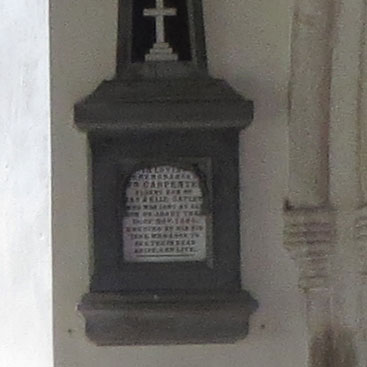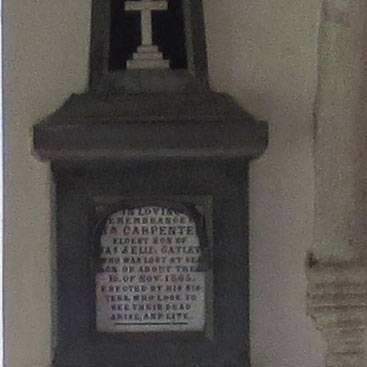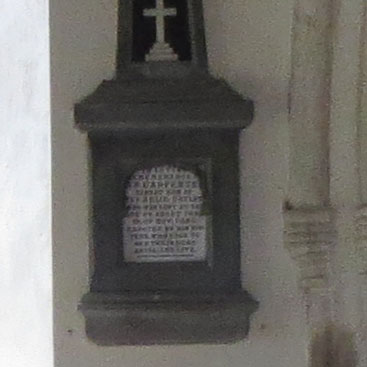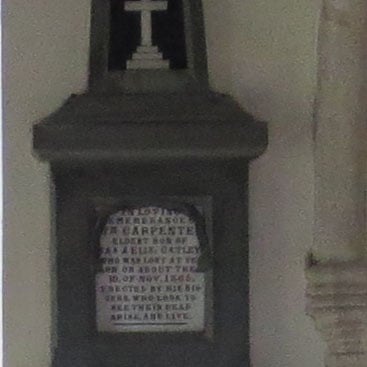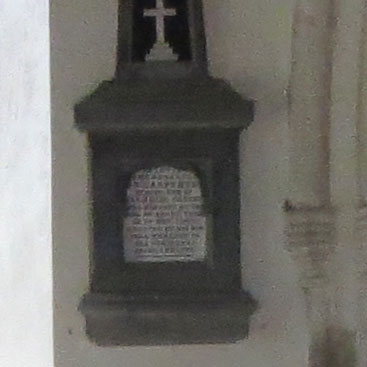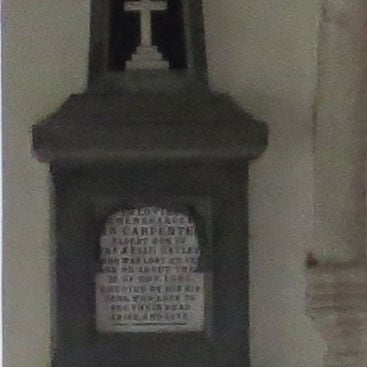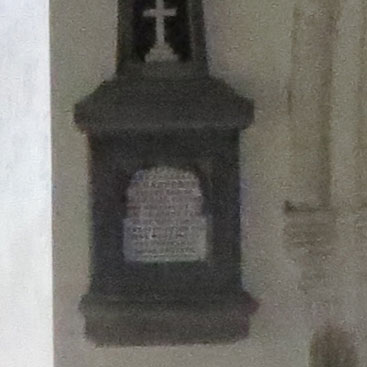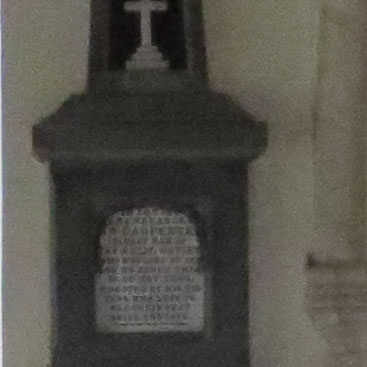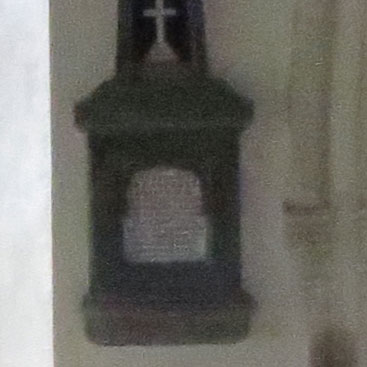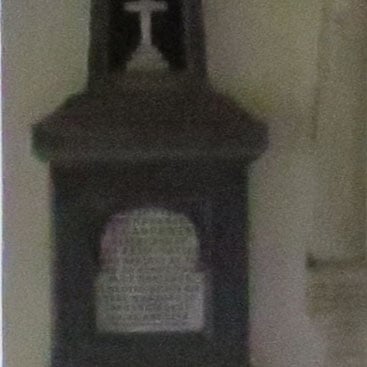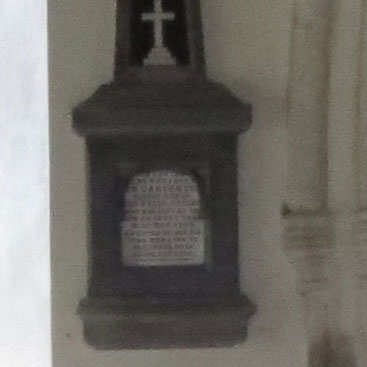Canon ELPH 520 HS / IXUS 500 HS review
-
-
Written by Ken McMahon
Quality
Canon ELPH 520 HS / IXUS 500 HS vs ELPH 110 HS / IXUS 125 HS quality
|
Canon ELPH 520 HS / IXUS 500 HS |
Canon ELPH 110 HS / IXUS 125 HS | |
 |  | |
f3.4, 100 ISO |
f10, 100 ISO | |
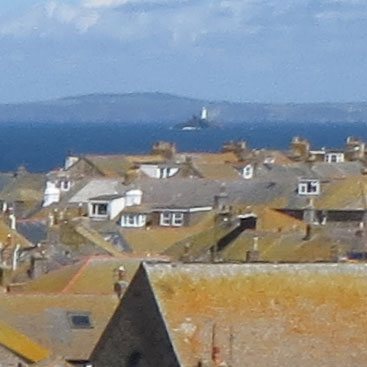 | 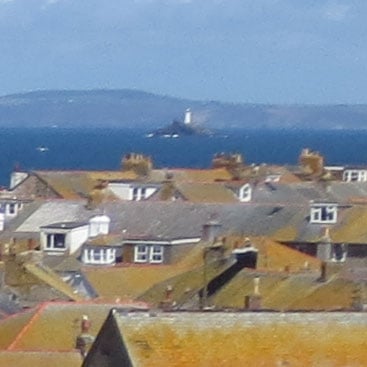 | |
f3.4, 100 ISO |
f10, 100 ISO | |
 |  | |
f3.4, 100 ISO |
f10, 100 ISO | |
 | 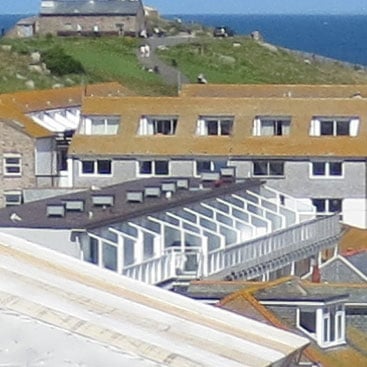 | |
f3.4, 100 ISO |
f10, 100 ISO |
Canon ELPH 520 HS / IXUS 500 HS vs ELPH 110 HS / IXUS 125 HS Noise
The above shot was taken with the Canon ELPH 520 HS / IXUS 500 HS. The lens was set to the maximum 28mm wide angle position and the Canon ELPH 110 HS / IXUS 125 HS with which I’ve compared it here was zoomed in slightly to give an equivalent vertical field of view. Image stabilisation was disabled and i-Contrast was left in the default Off position. In Program Auto mode the ELPH 520 HS / IXUS 500 HS chose an exposure of 0.3s at f3.4 at 100 ISO. Looking at the first crop, there’s already visible evidence of noise as we saw on the outdoor test crops at 100 ISO. To be fair it’s pretty unobtrusive and you have to be pixel-peeping these 100 percent crops to spot it. At 200 ISO the noise is a little more evident, but it’s still nothing to be too concerned about. At 400 ISO it takes another step upwards and this is the point at which I’d start to think twice if I was intending to make a big print, even so, you’d have to look hard at a screen-sized version of this to tell it apart from the 100 ISO shot. 400 ISO is the point at which the noise reaches a level where it is visible at less than 100 percent. At 800 ISO the text on the memorial panel is looking very broken up with the edges looking quite fuzzy and at 1600 ISO the noise really is gaining the upper hand, reaching a level where it is visible at less than 100 percent. At this sensitivity setting you’d be better off switching to the Handheld Nightscene mode which shoots three frames and combines them to produce the result you can see in the final crop. The ISO sensitivity in this mode is automatically selected, in this case at 1600 ISO. Though the smoothing is quite visible and has removed a fair bit of detail, this is without doubt a better result than the single frame 1600 ISO crop. Compared with the crops from the 16.1 Megapixel ELPH 110 HS / IXUS 125 HS, the ELPH 520 HS / IXUS 500 HS look noisier and less detailed. As I noted in the outdoor resolution test, the ELPH 520 HS / IXUS 500 HS uses the central 10 Megapixel portion of a 16.8 megapixel sensor that may well be the same one used in the ELPH 110 HS / IXUS 125 HS. It’s therefore no surprise that its crops, although showing smaller detail than the ELPH 110 HS / IXUS 125 HS, look similar in terms of noise characteristics. The full-size sensor in the ELPH 110 HS / IXUS 125 HS does have its advantages. As well as being able to produce larger prints the larger detail is less prone to noise damage. It also looks like the noise suppression in the ELPH 110 HS / IXUS 125 HS is a little more effective. Now head over to my ELPH 520 HS / IXUS 500 HS sample images to see some more real-life shots in a variety of conditions.
|
